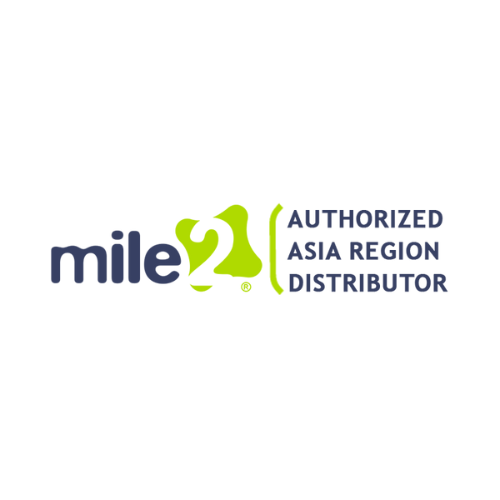Anti-Phishing & Anti-Malware Detection Audit
An organization’s security measures against phishing and malware attacks are evaluated as part of a thorough evaluation procedure called an anti-Phishing and Anti-Malware detection audit. The audit proposes suitable countermeasures to reduce the risks and assists in identifying vulnerabilities in the organization’s IT systems, network, and policies linked to phishing and malware attacks.
The Anti-Phishing audit’s main goal is to identify and stop phishing attempts, which are intended to deceive people into disclosing sensitive information like login passwords, financial information, or personally identifiable information (PII). It evaluates, among other things, the company’s incident response plans, employee education and training programs, website security processes, and email filtering systems.
The Anti-Malware detection audit, on the other hand, focuses on locating and removing dangerous software that can circumvent the organization’s security systems with the intention of stealing, encrypting, or erasing its data. The audit looks at the company’s security setup and its capacity to find, contain, and remove malware infections. In order to find regions vulnerable to malware attacks, it also tests the system and software configurations of the organization.
To make sure that the organization’s security measures are efficient, current, and in line with the best security practices, it is imperative to conduct an anti-phishing and anti-malware detection audit. The audit assists the company in defending against malware and phishing attempts, preserving its good name, and safeguarding the privacy, availability, and integrity of its data.





